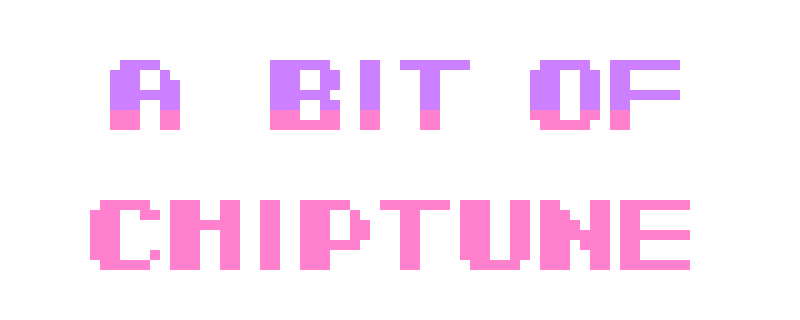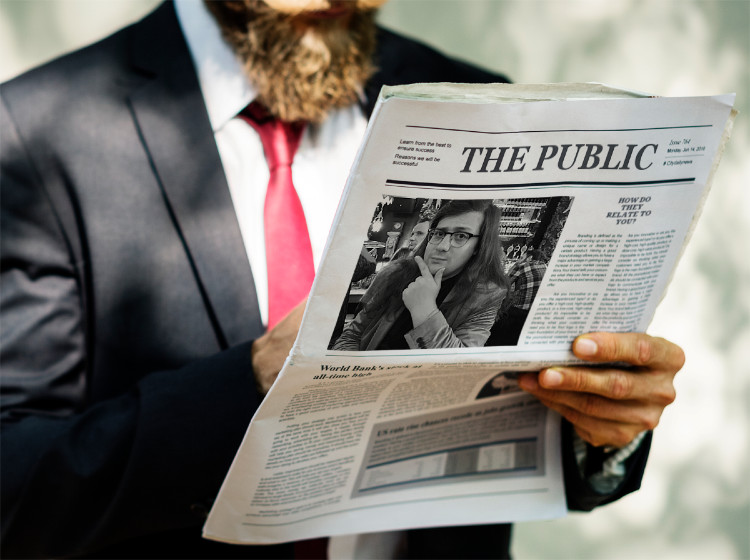

A number of years ago, I started giving live presentations and writing articles about brand management and effective marketing strategies for independent artists, focused mainly on the chiptune crowd but also for folks who were starting grassroots special interest organizations (that is to say – anime clubs and suchlike). I found that a lot of these folks were often quite passionate about their craft, but once it came to actually trying to have any sort of reach beyond their own social group, they began to flounder and get discouraged. Between staffing conventions and blogging for the chiptune community for over a decade, I had a lot of practical experience that could be passed on that could get people started, but sadly many of those lectures and articles have passed into the mists of time due to improper preservation (either a lack of archiving or the death of the archives where they lived). As there has been a renewed interest in the subject from our sphere of Twitter Dot Com, I’d love to share some of my experience with you again in hopes that those of you who may just be starting your journey, or even those of you who may have been at it for a while but would like to make a change in how you handle your brand, may find some nuggets of wisdom.
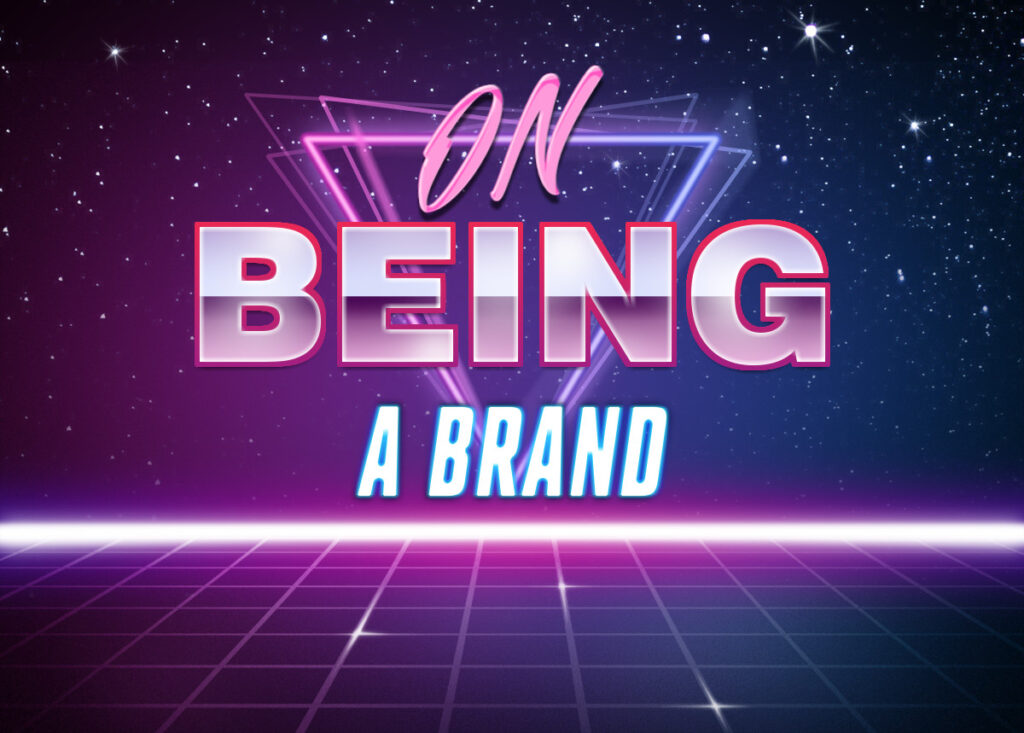
Being a commodity is weird: whether you’re a musician whose music people crave to someone who just accidentally turned themselves into a semi-viral meme, there is a stark difference in how you have to interact with the world when you are no longer an anonymous face. Everything you create, everything you say, everything you wear, everything will become a part of your brand. Each piece of this is something that people will use to identify you, or use to identify with you. While this is existentially horrifying, it becomes second nature to understand and manage. There are a few big points to keep in mind once you have been promoted to being A Brand™: How People Relate To You, How People Consume Your Product/Brand, and How Public Facing Are You?

It is extremely important, once you begin representing your brand, you consider how public-facing You: The Person are versus You: The Brand is. The more conflated these two things are, the more difficult it can be to be to keep your brand from bleeding into private parts of your life, which may cause you undue stress and can end up with negative effects later on down the line. Bear in mind that the bigger your brand becomes, the less able you will be able to separate your personal self from your public self. Such is the danger of being your own brand, and it’s not one to be taken lightly. However, the more tightly integrated your personal brand is with your public brand, the easier it can be to manage them both. It truly is a trade that you’ll need to feel out to see how comfortable you are with it.
One of the easiest ways to separate your personal brand from your public brand is by having clearly delineated web presences — having private and public social media accounts, for example. One of the strongest ways you have to solidify your public brand is to make it as easy as possible for people to find your public content. The less they have to dig, the less likely they are to break through the bedrock into your personal life. All social media platforms provide space to link back to other social media platforms as well as personal websites, and it is important that you use this feature for anything you want tied to You: The Brand. Liberally.
Let’s say you’re an artist who releases your own music, runs a net label, and also offers your services for audio mastering. These may at first appear to be separate facets of your professional skills, but every project you engage in is an advertisement for You: The Brand — and the stronger your brand is, the more likely people will seek you out for projects beyond whatever they originally knew you for. If you have a Twitter for your musician page, a website for your audio mastering services, and a Bandcamp page for your netlabel, there is literally zero reason not to include links to your Bandcamp and your website on Twitter in your bio or in a pinned post, links to your site and Twitter on the side of your Bandcamp splash page, and either branded buttons at the bottom of your webpage or an “About” page on your website — this keeps You: The Brand consistent across all platforms and makes it easier for people to find out more about your professional content. And, secret pro-tip, this also boosts your search engine optimization! SEO isn’t just a fancy marketing concept for big businesses: the more links a site has to it, the more likely it is to pop up in search results, which means if all your sites link to each other, they’re all boosting each other’s SEO. It’s free real estate, baby.
At the absolute bare minimum, if you don’t want to clutter your pages with links, there are several services these days that allow you to make a splash page with easy links to all your stuff. They’ve all got snappy names, and they all function the same way: they’re a digital business card you can just slide to someone and have them have full access to whatever you’ve chosen to represent yourself, and you didn’t even need to build a website! In fact, the necessity of having your own website is a pretty hotly debated subject these days. Who has time to build a website, let alone pay for the domain when you’re just making music for funsies? The simple fact of the matter is, as with anything you have online, you have to figure out if you can make it work for your needs. The ease and convenience of having just a splash page site for free might be all that you need to score local gigs, but having a well done website may help you present yourself to more professional job opportunities such as scoring games or television shows. When in doubt, look to the people who are where you want to be and see if you can adopt the things they’ve done, and be sure you know your audience when you’re reaching out for potential gigs (whatever the scale).

I’m not gonna sit here and say that the only way to exist on the internet is to be as accessible as possible. Let’s be real: between neurodivergence, general eccentricities, and a thousand other character traits, You: The Person are not going to be an open book to everyone on the internet. You shouldn’t try to be. But it’s important to remember that with very, very few exceptions, how You: The Person interact with people still plays into how people see You: The Brand — or to say it another way, if the only way people have to see what kind of a person you are is from what you post online, you’d better be sure that what you’re posting is how you want people to think about you personally and professionally because the farther your brand’s reach grows, the more people who know nothing about you will be forming opinions about you exclusively from this data on whether or not they want to engage with your brand.
The more aware of the personality you broadcast publicly you are (whether literally, like through a livestream, or more obliquely, like the tone of your writing when talking about things you’re passionate about), the more you can begin to understand what things your fans see as your defining characteristics and therefore how they might try to approach interactions with you both personally and professionally — and to many fans, there is no difference between the two. The immediate accessibility of social media has broken down the barriers between fan and creator: if you publicly post about your lunch on your brand’s Twitter account, people are going to chime in with their opinions on it like they would with their friends. It is FAR beyond the scope of this article to talk about parasocial relationships, but since we’re dancing around the topic I recommend taking a chance to read through the Wikipedia entry thereon when you have a chance and reflect on what kinds of one-sided relationships might arise from your fans and potential employers.
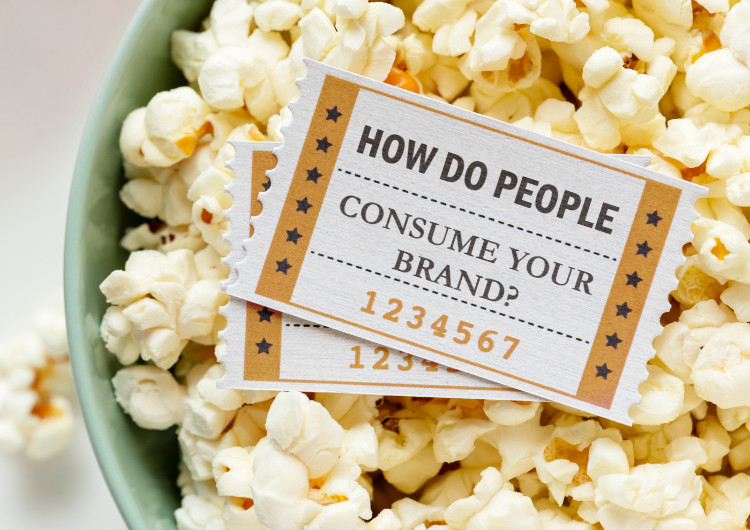
Understanding how people interact with you as an entity (whether representing yourself or your brand) is one thing, but curating how they interact with your work is just as important. As I mentioned earlier, being sure that there is as much link redundancy as possible between all parts of your web presence is key with regards to making sure that you have a unified brand accessibility. On the other hand, understanding how people interact with content on platforms will help you shape what you have where.
As a general rule of thumb, the more publicly accessible and publicly shared a platform is, the more broad your content should be. Take, for example, Sebastian Tomczak, better known as little-scale. little-scale has had a personal blog for roughly eight billion years, on which he has posted many of his projects: various levels of programming, hardware hacking, and personal musings and photography along with his music. These kinds of things are perfect for a personal site: this kind of content is telling people who already know who you are about topics you like or that you feel strongly about. But, in case someone found little-scale’s blog while actually trying to find his other work, when you go to his site you’ve got to go to a splash page which has links to all the other social media he’s on. A quick look reveals that the more public a media network he’s on, the more broad and relatable his content is: artsy pictures of synthesizers and cats and food on Instagram; goofs and WIP videos/tech demos of boutique electronics from him and other people on Twitter; and a dusty and untouched Facebook with videos of his own content and a link back to his blog (which serves its own purpose, as you’ll never be able to control where every person who wants to know more about you will look for information, so having a presence everywhere your audience is is just good sense). By understanding what each platform caters to, you can tailor your own content to be more effective at building brand consciousness in a way that caters to what users of these platforms are looking for when they’re on them.
We’ve gotten this far and we still haven’t talked about getting people to actually give you money! That’s the whole thing about building a brand, right? You want people listening to your music, coming to watch your shows and livestreams, buying your novelty waifu pillow-cases. You want to make sure that you’re using music selling and streaming services in conjunction with your social media to get the broadest reach. The more people hear your stuff, the more people might potentially buy a CD, or generate an eighth of a thousandth of a penny for you with a Spotify stream. Just like it’s important to know the needs of your audience as you’re planning out media posts, so too do you need to be aware of the strengths of different music distribution platforms.
When you’re publishing your music, you want to make sure you know your core audience as well as your ideal audience, as this will help shape where you want to prioritize where you publish. For example, if you make your music as part of a community (Battle of the Bits, let’s say), you already have a captive audience because you’re participating in a group that’s all about sharing your original content. However, even BotB releases their best of the best to Bandcamp, because that’s where a broader audience can actually consume (and, more importantly, purchase) content. Bandcamp is a fantastic place for people who want to make their content available to the masses and can push physical merch if you don’t care about building your own webstore. However, even while Bandcamp slowly gains popularity among the general public, a vast majority of casual consumers don’t even know about it and only consume their content in the most mainstream of places: Spotify, YouTube, iTunes, Google Play, etc. These bigger platforms are a lot less personal, of course, and will likely not return the same kind of profit to you as a well kept Bandcamp page, but by being more publicly consumable you begin to reach an audience who might only use a streaming platform because it’s available on their smart device/game console because the thought of downloading actual music files and having a finite amount of options at their disposal may be abhorrent– and believe you me, there are many more of these kinds of people than you might like to imagine.
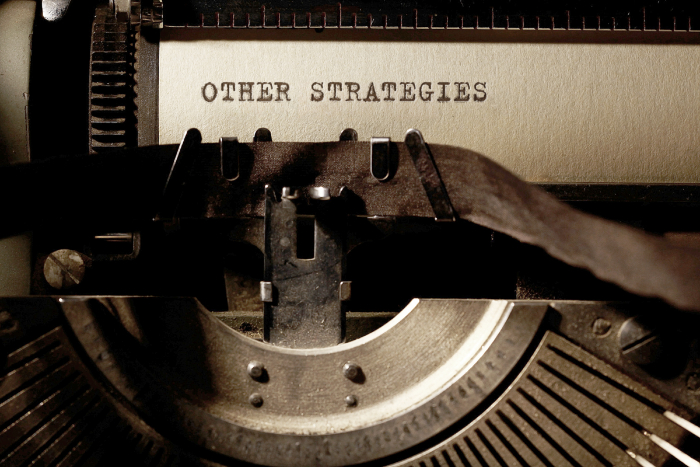
To end us off, here’s a few tl;dr marketing strategies anyone can use beyond what I’ve already talked about:
- Not all physical merch is pricey to produce, but it’s all vital for helping with your visibility. Pay an artist friend to design a logo for you, get stickers and buttons made, some of the cheapest physical merch you can get. Pass ‘em out at live shows. Stick them on a car. Give them to your mom. Whatever! The more people see your name out there, the more people can go “huh, who’s that?” and it’s a fun dogwhistle for people in the know. That’s a shortcut to building a community related to your content, which pays dividends quite nicely, but that’s a topic for another article. In the meantime, don’t hesitate in getting some CDs or vinyls or cassettes made for your music. Maybe you can only afford to make ten of them, and you sell them at enough of a markup not that you make money, but that you either break even if they’re unpopular, or you can reinvest into a bigger run if they turn out to sell like hotcakes. Spoiler: if limited supply drives up the demand for game consoles LITERALLY every time a new one comes out, it’ll do the same thing for your merch. You’ve just got to figure out how to scale that down to you and the people who consume your content.
- There are articles out there about when you should post on various websites. Understanding how people use different sites is key to dropping content to your followers at times when they’ll actually see it in the wild. I’m not going to link them here because by the time I do they’ll almost certainly be outdated, but a quick Google search should get you what you need to know.
- Don’t be the person who is constantly pushing your content on people at inappropriate times/places. Spamming everyone about what you do is a great way to get ignored. There’s a difference in being consistent and being persistent. You SHOULD consistently update your social media when you post new content. You SHOULDN’T pester every artist you respect to check out your Soundcloud because it’d be really sweet to do a collab, bro.
- It costs $0 to be nice to people, unless those people are scaring away other people who consume your content (like, say, people promoting their work on one of your own promotional posts). Knowing when to chill and when to yeet someone into the abyss is a good skill to master sooner rather than later.
- You will almost certainly become known for something you didn’t intend to be known for. Embrace it. Weaponize it. The more control you have over things you didn’t plan, the less they make you feel bad. I accidentally became a meme in the American East Coast convention scene because I started handing out buttons that say “I Know Adam Seats” on them after I got tired of all my friends being surprised that we were mutual friends. This had an unintended side effect of telling a whole lot of people I never met who I was. Some people thought the buttons were just a funny joke, or a weird reference like “Who Is John Galt.” Now, that’s literally my brand name because that’s how so many people got introduced to me. (This last point comes with a caveat, which I bring up only because every time I hope that something is common sense I am amazed at how uncommon common sense truly is: this advice does not apply in situations regarding abusers. If THAT’S something that you become known for, you should know by now that embracing and weaponizing is not the way. You need to own up, learn from your mistakes, and make amends before trying to interact with people again.)
One final disclaimer: no brand mentioned in this article has sponsored this article, nor did little-scale, though he did consent to me mentioning him. If you want to go check out his website and see what I was talking about, you can check it out here. All graphics (aside from the picture of myself blended into one photo) generated on PhotoFunia. Special thanks to Niamh Houston, Jenn de la Vega, Emily Feder, and Rob Carballo for all the lessons I’ve learned on this topic from you over the years, whether you knew you were teaching them or not.
-Adam Seats
